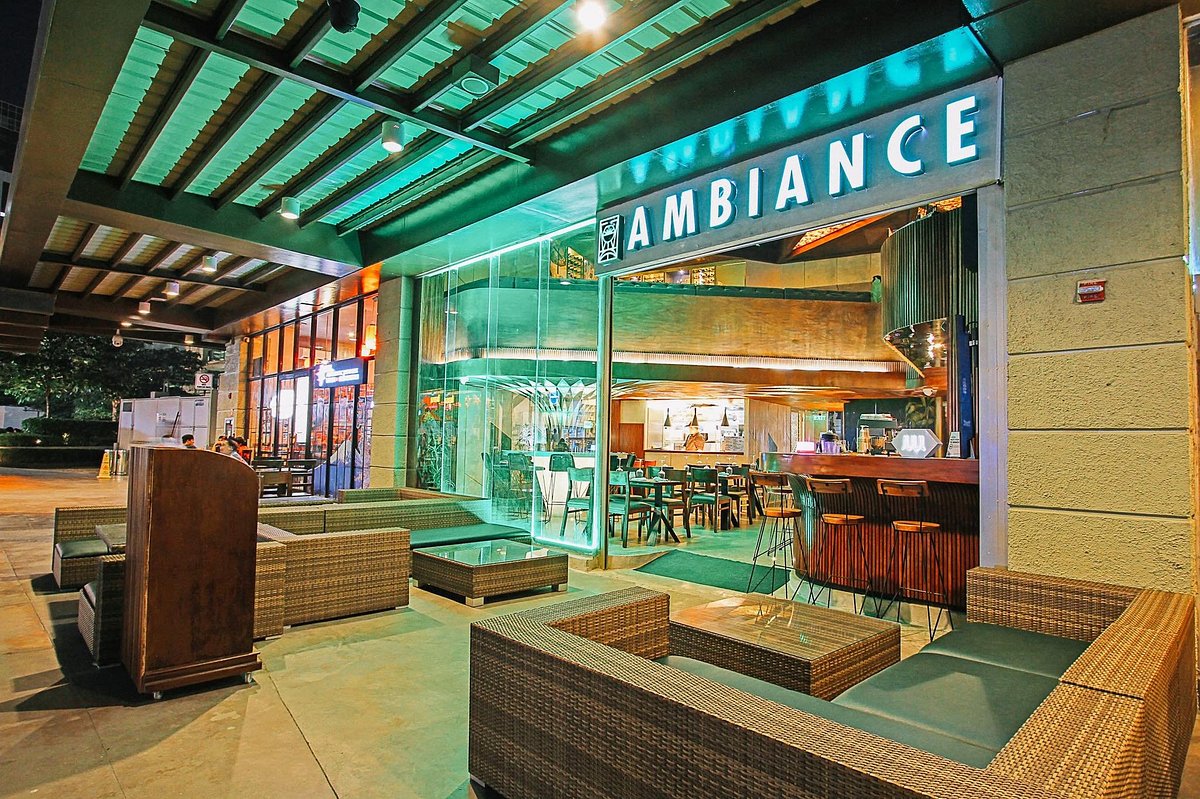Savor Authentic Asian Food With a Pan-Asian Spin for a Culinary Experience
Starting a culinary trip with genuine Eastern cuisine, enhanced with a Pan-Asian spin, supplies an one-of-a-kind chance to discover the abundant tapestry of tastes that define the area's diverse cooking traditions. This experience invites you to appreciate the exquisite equilibrium of tastes-- wonderful, salted, spicy, and sour-- harmonized by aromatic herbs and spices. Picture the cutting-edge blend of Thai curry and ramen or the unanticipated pleasure of sushi burritos. As you contemplate these attracting recipes, consider the cultural stories and historic impacts that form them, each bite using a tale waiting to be uncovered.

Checking Out Pan-Asian Flavors
In the realm of worldwide gastronomy, Pan-Asian food stands apart for its impressive variety and the harmonious interaction of tastes from different Eastern societies. This cooking technique celebrates the unique components and abundant traditions located across the continent, producing a tapestry of tastes that is both interesting and enjoyable. Trick to Pan-Asian cuisine is its capacity to balance contrasting tastes-- wonderful, salted, spicy, and sour-- while highlighting the freshness and high quality of each ingredient.
From the umami-rich soy sauce of Japan to the intense chili peppers of Thailand, Pan-Asian food offers a considerable palette of tastes. These elements are often combined in innovative means, boosting dishes with layers of complexity. For instance, making use of great smelling herbs such as lemongrass and cilantro, typical in Vietnamese and Thai food, adds a rejuvenating illumination to meals, while the incorporation of coconut milk provides a velvety, rich appearance.
The focus on fresh produce and aromatic spices makes sure that each dish is not only a banquet for the palate but also for the senses. Pan-Asian food invites restaurants to embark on a culinary journey, discovering the huge and differed landscapes of Oriental gastronomy with every bite.
Combination Meals to Attempt
While Pan-Asian food is commemorated for its conventional flavors, the modern-day culinary landscape is increasingly welcoming fusion recipes that blend these timeless aspects with influences from various other regions. This ingenious approach not only honors the rich heritage of Eastern cooking arts however additionally introduces novel preference experiences that appeal to modern tastes buds.
A prime example of such a blend meal is the Korean-Mexican taco, where marinated bulgogi beef is wrapped in a warm tortilla, topped with kimchi and a hot gochujang-infused salsa. This combination marries the vibrant, savory flavors of Korea with the vivid, fresh elements of Mexican food. Similarly, sushi burritos have gained popularity, joining together the delicate creativity of Japanese sushi with the hearty, hand-held benefit of a burrito, frequently including fusion active ingredients like tempura shrimp and avocado with a drizzle of wasabi mayo.
Another notable recipe is Thai curry ramen, which infuses the creamy, aromatic seasonings of Thai curry into the reassuring broth of standard Japanese ramen, developing a harmonious blend that entices the detects. These combination recipes expand beyond simple novelty; they stand for a cooking discussion between cultures, motivating exploration and innovation worldwide of Pan-Asian food.
Essential Ingredients and Flavors
To genuinely appreciate Pan-Asian cuisine, one must comprehend the crucial active ingredients and seasonings that create its foundation. This varied culinary design attracts from a rich tapestry of Eastern practices, utilizing a harmonious blend of tastes and structures.
Fragrant aspects are essential, with ginger, garlic, and lemongrass being common throughout different Pan-Asian recipes. These ingredients offer a fragrant base that boosts the complexity of tastes. Flavors such Extra resources as star anise, cardamom, and cinnamon present warmth and personality, echoing impacts from regions like China and India.

Cooking Strategies and Tips
Grasping the art of Pan-Asian food calls for familiarity with its unique food preparation techniques, each adding to the dynamic tapestry of flavors this culinary custom is commemorated for. Central to these approaches is the stir-fry, a rapid cooking strategy that preserves the nutritional integrity and vibrant colors of ingredients. Utilizing a wok, the stir-fry method permits even warmth circulation, vital for attaining the characteristic structure and flavor balance of Pan-Asian meals.
An additional fundamental method is steaming, specifically widespread in Chinese food. This gentle approach keeps the all-natural tastes and nutrients of active ingredients, making it excellent for seafood and vegetables. Dumplings, a beloved staple, frequently profit from steaming, resulting in soft, delicious structures.
Barbecuing, likewise integral, imparts smoky midsts to dishes such as Korean bulgogi or Japanese yakitori (pan asian restaurant Islamabad). This strategy usually see this site entails seasoning ingredients, permitting tastes to penetrate deeply before cooking over an open fire or hot plate
Lastly, grasping the art of balancing tastes-- sweet, sour, salted, bitter, and umami-- is critical. Properly layering these elements can raise a meal from regular to remarkable, supplying a complicated and satisfying cooking experience that embodies the significance of Pan-Asian cuisine.
Eating Experiences Worldwide
Throughout the world, Pan-Asian food supplies an unequaled dining experience, commemorated for its rich tapestry of tastes and dynamic discussions. This culinary sensation has transcended cultural borders, catching the hearts and tastes of food lovers worldwide. In worldwide cities like New York, London, and Sydney, Pan-Asian dining establishments work as melting pots where culinary traditions from Thailand, Japan, China, and beyond merge, giving diners with a diverse mix of dishes that highlight the region's diversity.
The global charm of Pan-Asian cuisine hinges on its ability to provide both credibility and technology. Cooks skillfully marry conventional components such as lemongrass, soy sauce, and miso with modern techniques, leading to meals that are both refreshingly brand-new and familiar. This fusion allows diners to start a cooking trip that values heritage while welcoming modernity.
Furthermore, dining experiences are boosted via attentively designed environments that reflect the values of Pan-Asian aesthetic appeals. From minimalist Japanese-inspired interiors to lively Thai-themed areas, each dining establishment provides a special atmosphere that complements the cooking offerings. Because of this, customers are not merely consuming a dish but partaking in a social experience, making Pan-Asian eating an absolutely worldwide sensation.
Final Thought
The exploration of Pan-Asian food supplies an extensive understanding of the intricate interplay of tastes and cooking traditions across Asia. By accepting fusion dishes such my response as Thai curry ramen and sushi burritos, the cooking journey not just highlights the flexibility of typical components but likewise showcases ingenious modern techniques. This gastronomic adventure, enhanced by cooking techniques and important seasonings, gives an one-of-a-kind chance to appreciate the multiculturalism and culinary virtuosity that define Pan-Asian food on a worldwide scale.
Embarking on a cooking journey via authentic Asian cuisine, enhanced with a Pan-Asian spin, uses an one-of-a-kind possibility to discover the rich tapestry of tastes that define the region's varied cooking customs.In the world of worldwide gastronomy, Pan-Asian cuisine stands out for its impressive variety and the harmonious interaction of tastes from different Asian societies. Key to Pan-Asian cuisine is its capacity to balance different flavors-- pleasant, salty, spicy, and sour-- while highlighting the freshness and top quality of each ingredient.